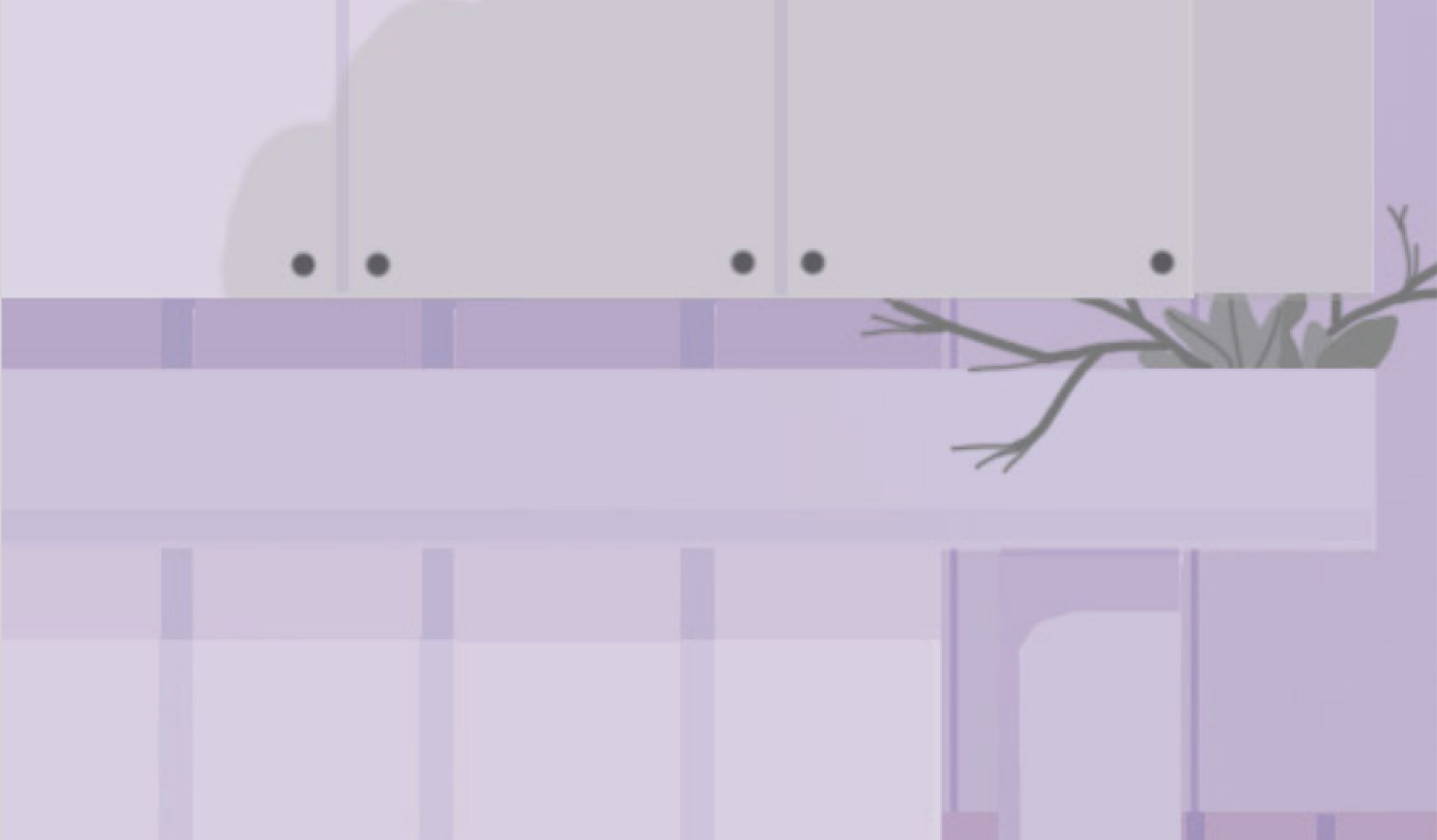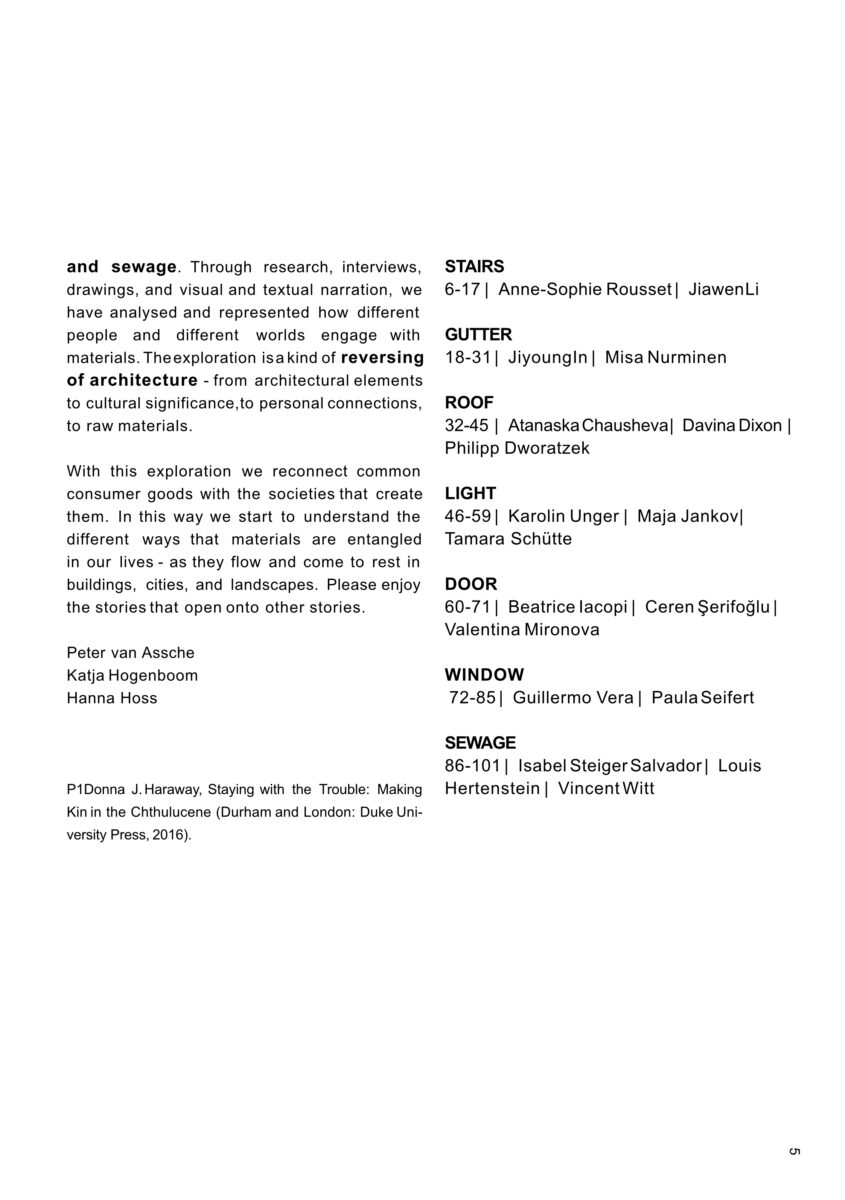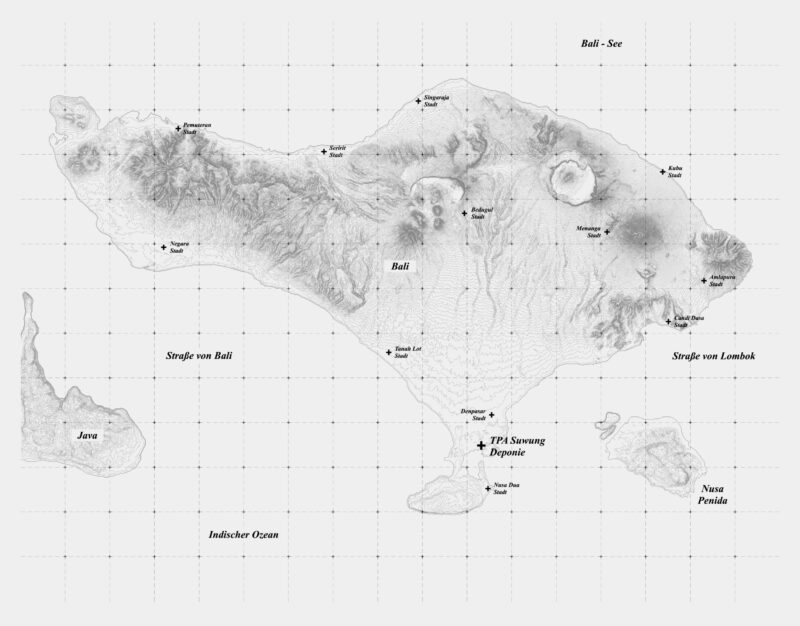
MATERIAL BIOGRAPHIES I, Gastprofessur Sto Stiftung

In this seminar, students explored biographies of 7 common architectural elements – door, window, roof, gutter, light (candle, bulb, LED), stair, sewage (toilet, kitchen), and their potential circular future. In our past economy of waste, the remedy to reevaluate materials and change the ways we used and disposed of them was to no longer think anonymously about them but to make them come alive by writing their biographies. By telling anew their material stories, making studies of how materials were valued and used historically, how builders, building techniques, and skills changed over time, to reveal how the value of materials was part of a contingent cultural, economic, social, and technical interrelationship within the world. This approach to material culture highlighted also the shifting roles and meaning of a material and its artefact (such as a window) over time and its context. By including matters of social and cultural entanglements, we aimed to offer a renewed valuation by recounting the life history of an artefact step-by-step from its creation through its present day answering “Who? What? Where? When? How? Why?” for each step of an artefact’s journey. Through investigations – in the way Sherlock Holmes would practice forensic science, investigate crime scenes, or a journalist follow the money – we hoped to find the clues, hidden traces, and unexpected side-effects the stories (plot) of the elements held; to then try and find the transitional moment where the material could become something else. Such as the transformation of plastic waste; how a used shampoo bottle could be upcycled becoming a fantastic colorful plastic tile that adorned facades (Pretty Plastic). The research of the 7 biographies was published in a book, made by the students as part of the seminar.




















